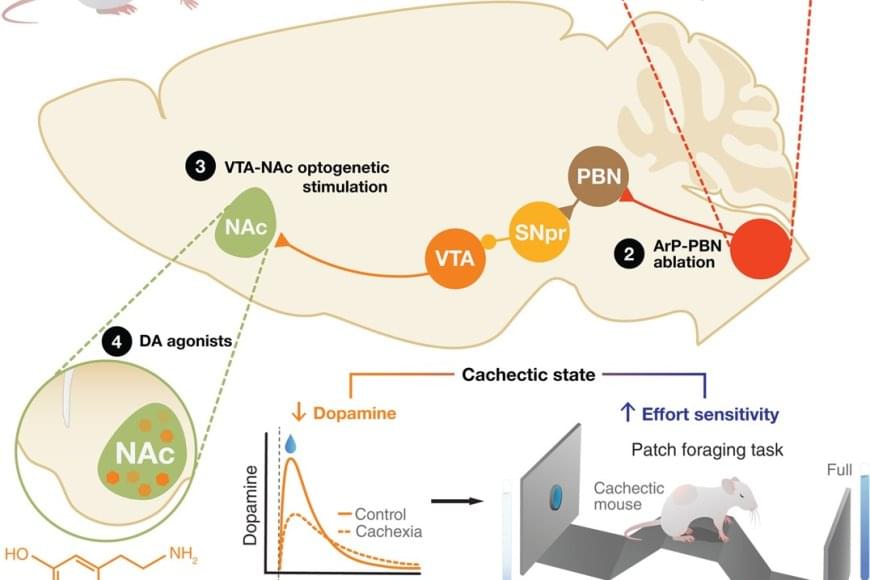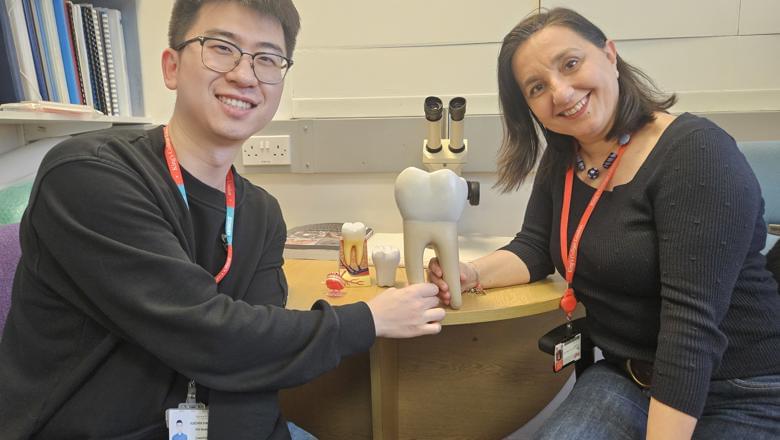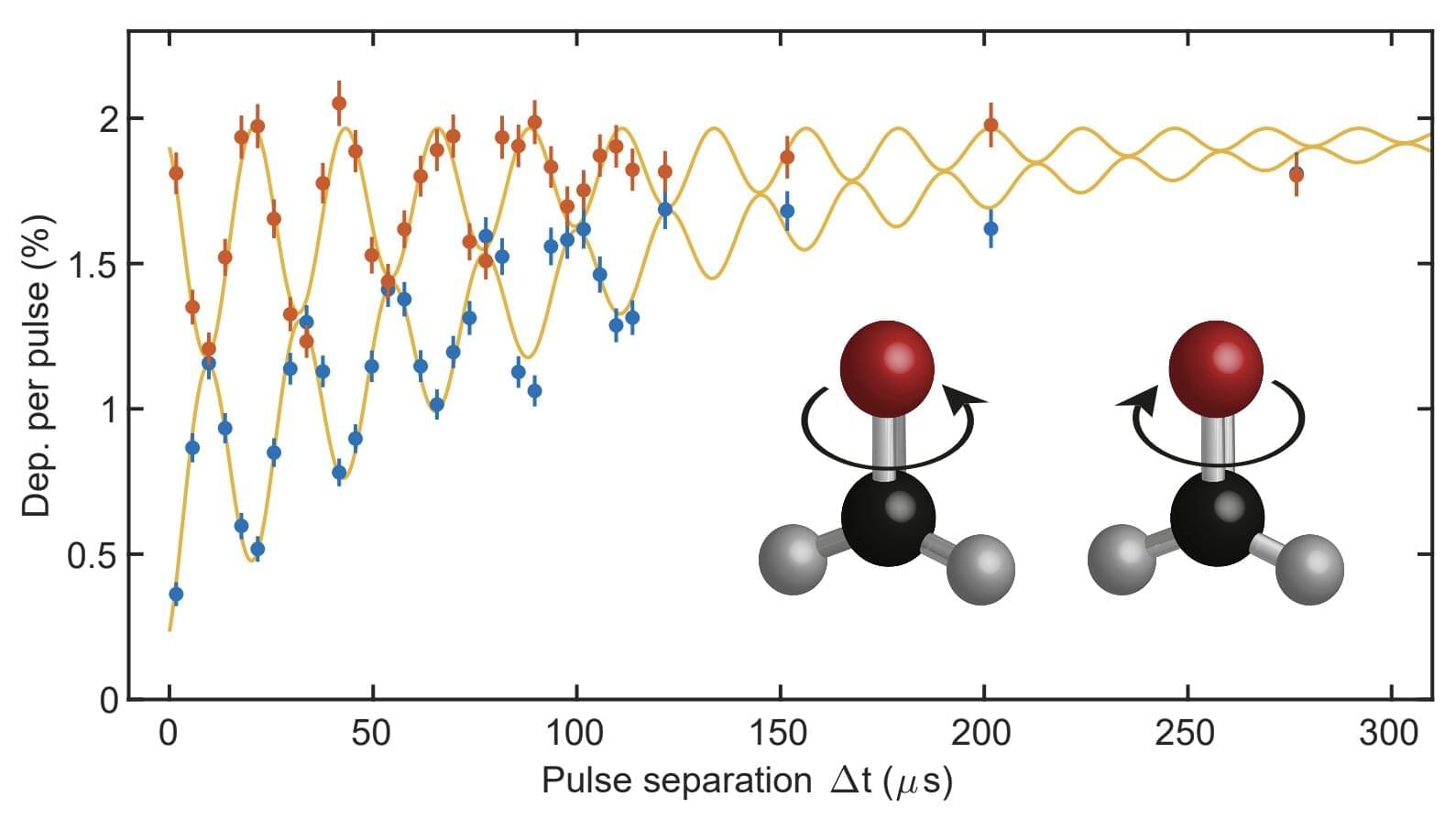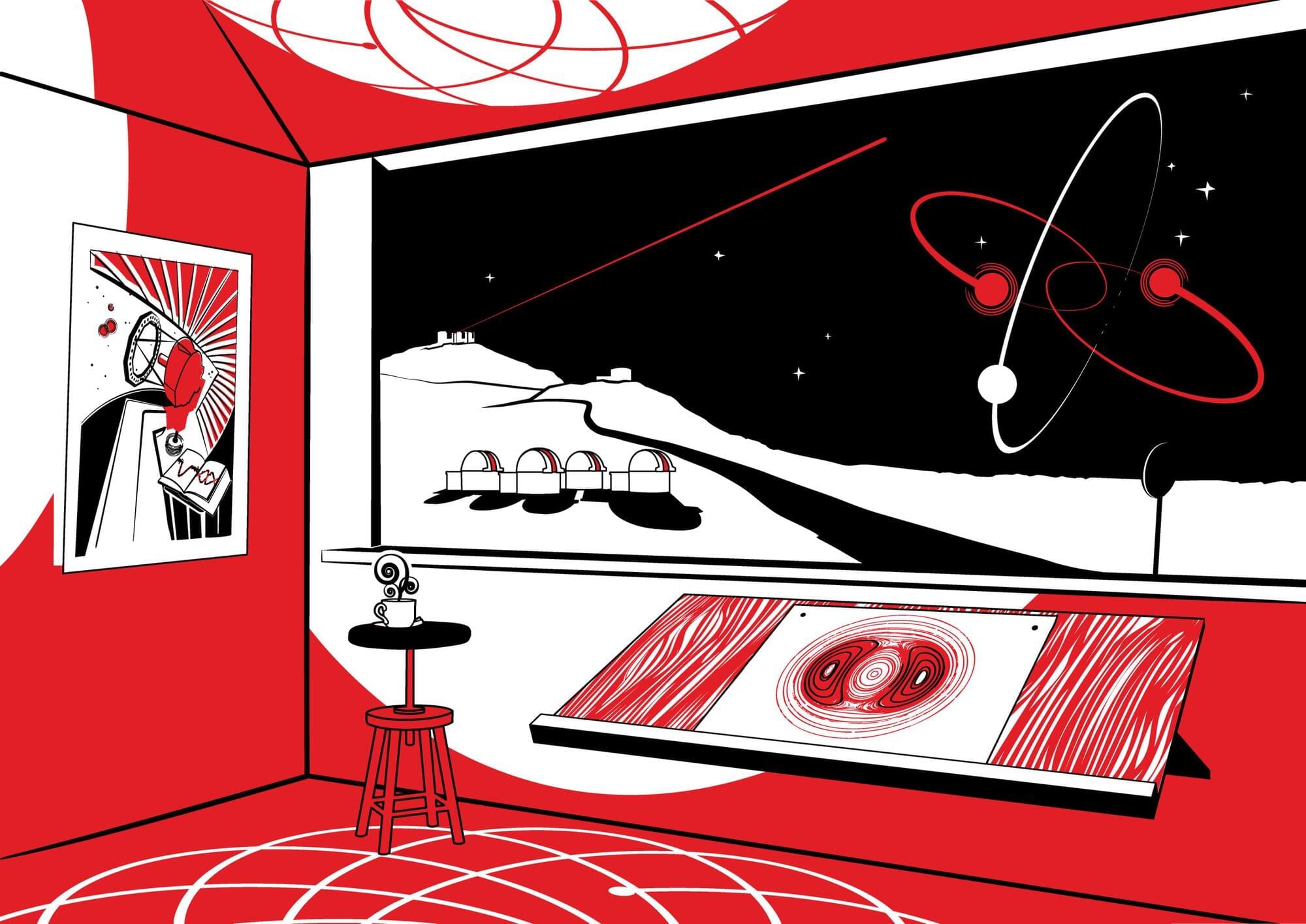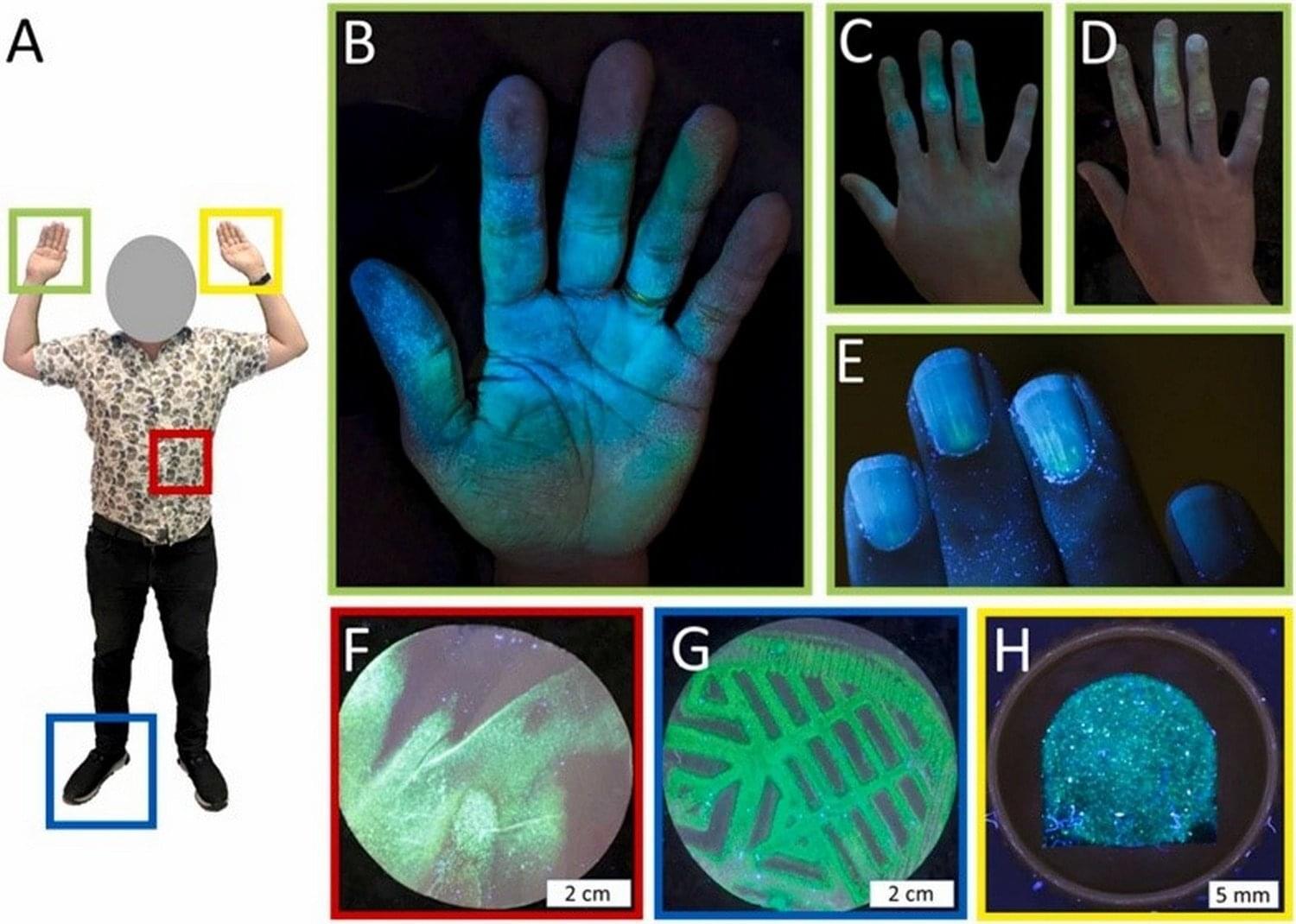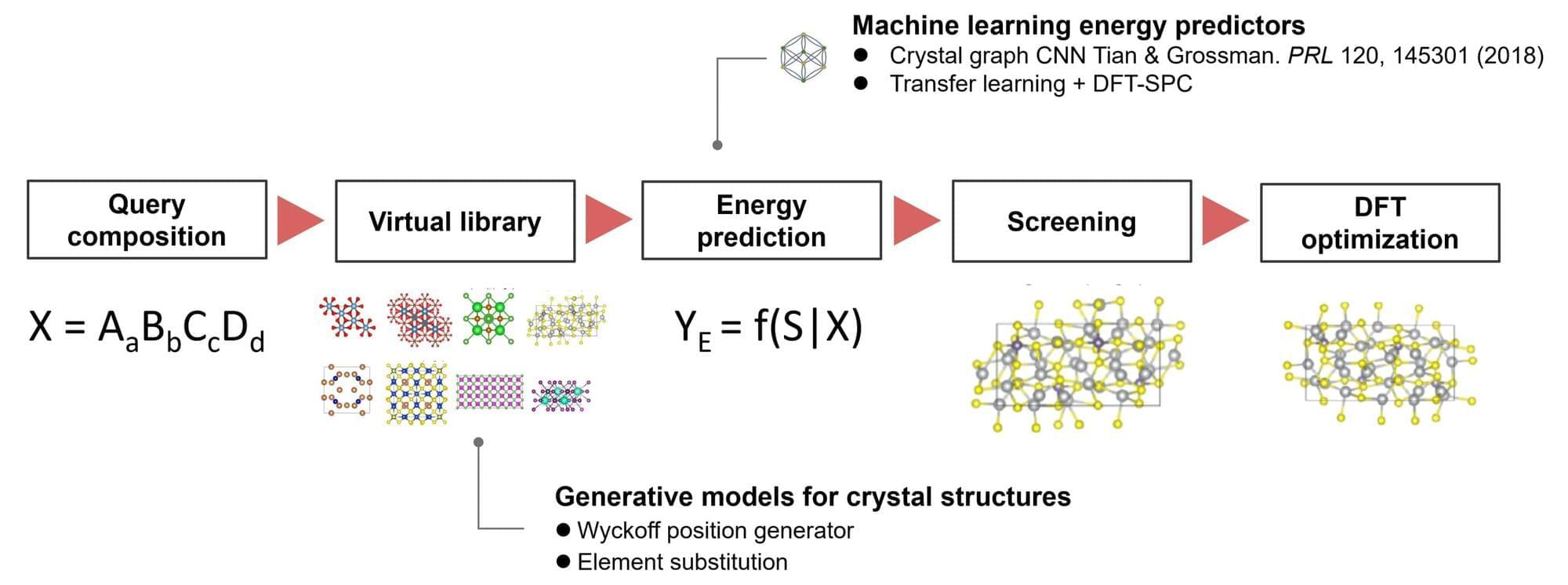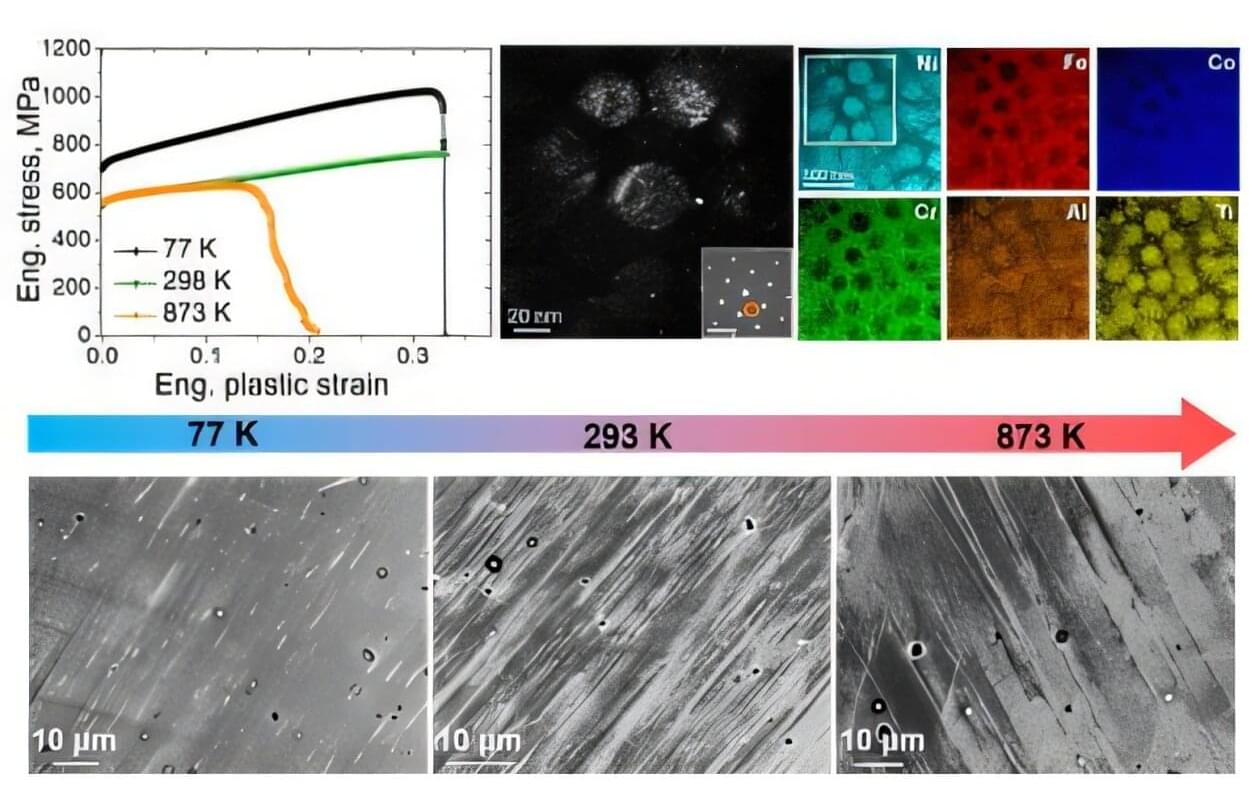Proteins are the building blocks of life. They consist of folded peptide chains, which in turn are made up of a series of amino acids. From stabilising cell structure to catalysing chemical reactions, proteins have many functions. Their diversity is further increased by modifications that take place after the peptide chains have been synthesised. One form of modification is protein splicing. The protein initially contains a so-called ‘intein’, which removes itself from the peptide chain to ensure the correct folding and function of the final protein.
A research team has now answered a long-standing research question: Why does a special variant of the inteins, the ‘split inteins’, often encounter problems in the laboratory that significantly lower the efficiency of the reaction? The researchers were able to identify protein misfolding as one cause and have developed a method to prevent it.
The splicing of proteins rarely occurs in nature but is very interesting for research. The solution found by the team opens up possibilities for using split inteins to produce proteins that are useful in basic research or for applications in biotechnology and biomedicine.

